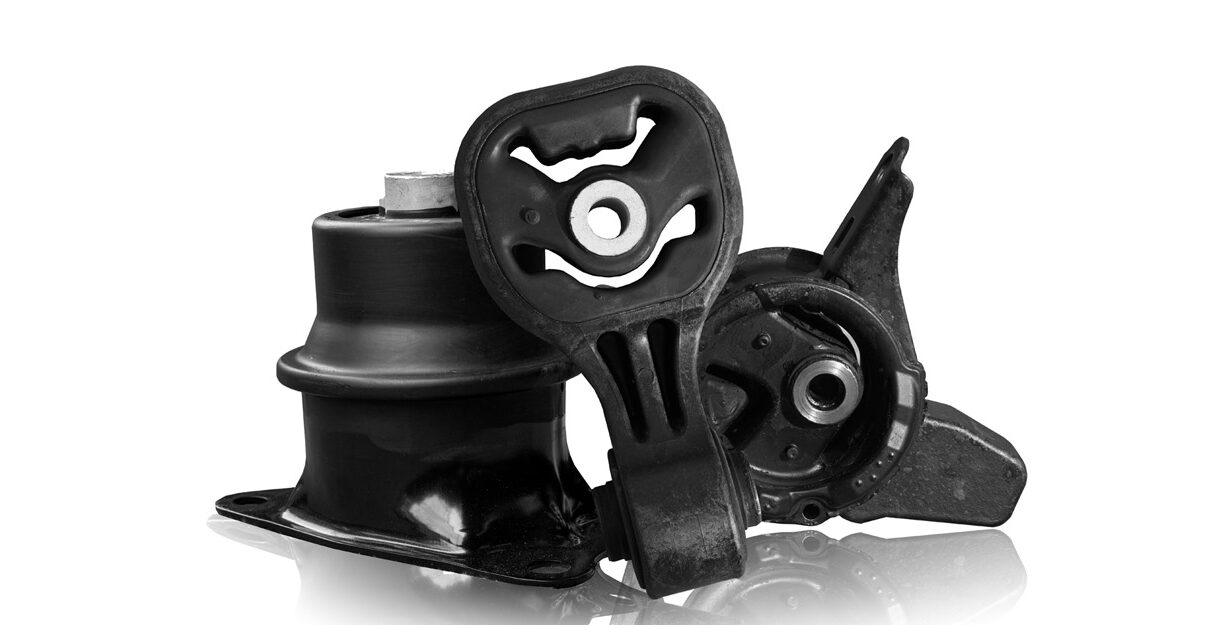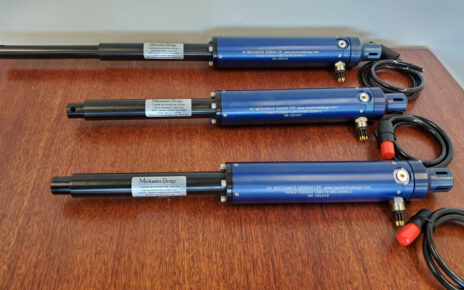Small but necessary, engine mounts hold both jet and propeller aircraft engines in place. These mounts eventually wear. Knowing when your mounts become worn is essential for performance efficiency. Manufacturers make recommendations for their mounts by the hours of durability. Still, landings and takeoffs, turbulence, hard landings, and more take their toll.
To boost efficiency, it is essential to have regular engine mount inspections done by an Aviation Maintenance Technician.
Engine Mounts
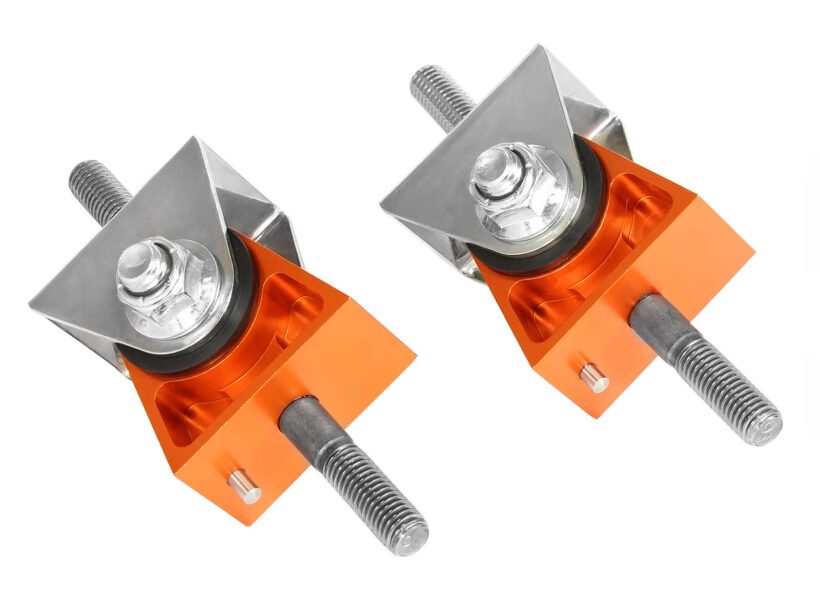
Aircraft engines need to be securely attached to the airframe. Engine mounts provide a buffer between the engine and airframe to absorb vibrations and noise. Mounts assist with proper engine alignment and are an added benefit. Overall, mounts boost efficiency by reducing fuel consumption and increasing the performance of the aircraft. Quality mounts minimize vibration and maintain alignment, extending the life of the aircraft.
Aircraft engines are powerful and complex machines that create noise and vibration. Noise transmitted to the airframe can cause fatigue for pilots, crew, and passengers. Over time, constant in-flight vibration will add wear to the airframe, and it can even cause damage. Mounts have a variety of relatively flexible materials that reduce noise and vibrations. Mounts improve passenger and crew comfort, pilots are more alert, and maintenance costs decrease.
Engine alignment optimizes when mounts keep engines aligned with the aerodynamic specifications engineered into flight surfaces. Misalignment creates drag that, in turn, causes increased consumption. Mounts, when in good condition and securely attached, help to maintain proper alignment.
Like all aircraft parts, Barry Engine Mounts are made with lightweight materials – every pound counts. Typically, these materials are high-grade aluminum and composite fibers, and variations and new innovations in the technology are on the horizon. With lighter materials, less thrust accomplishes maneuvers, less fuel is needed, more payload capacity becomes available, and the aircraft’s landing gear has a longer service life. Mounts must meet rigorous Federal Aviation Administration (FAA) standards. Still, quality materials and design are critical aspects of choosing a brand.
Boosting Efficiency
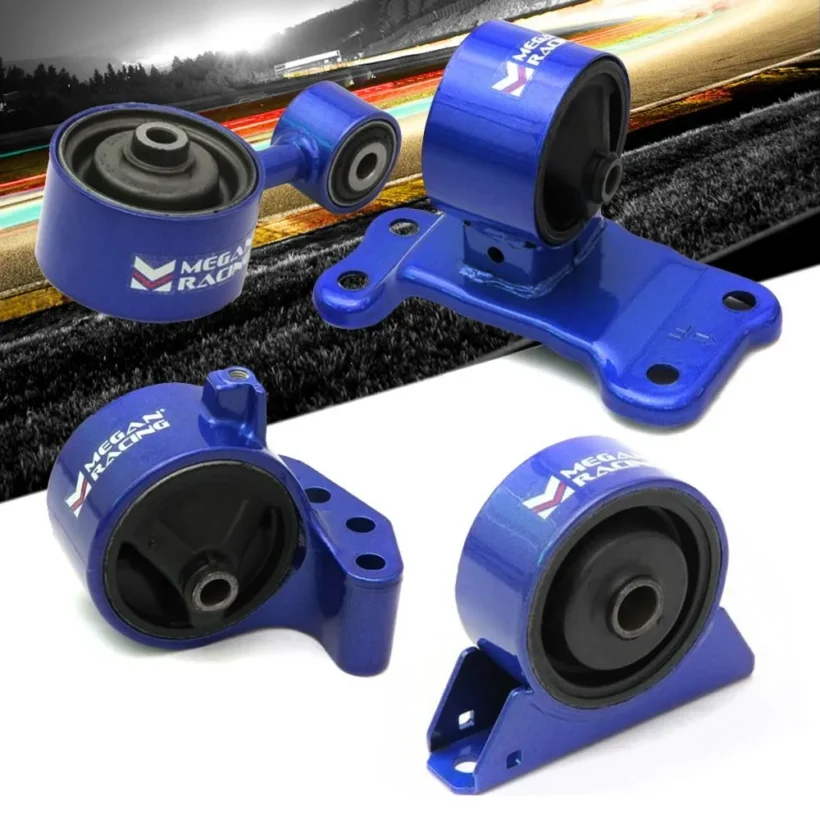
It is clear that improving performance includes the engine mounts being in good condition, with regular inspections and replacement before efficiency declines. While all mounts are FFA-regulated, quality varies. Many variables are involved, from vibration to drag and from engine alignment to normal wear. Whether you are a private pilot or a commercial pilot, any change in noise and vibration on startup is a concern to bring up to an Aviation Maintenance Technician.
Consult an experienced Aviation Maintenance Technician. Seek out respected and trusted vendors. Seek out peers for word-of-mouth recommendations. Research reputable and authoritative websites for technical information on specifications. Most importantly, purchase mounts specifically for the aircraft, and don’t place price over quality.
Vibration, Drag, and Wear
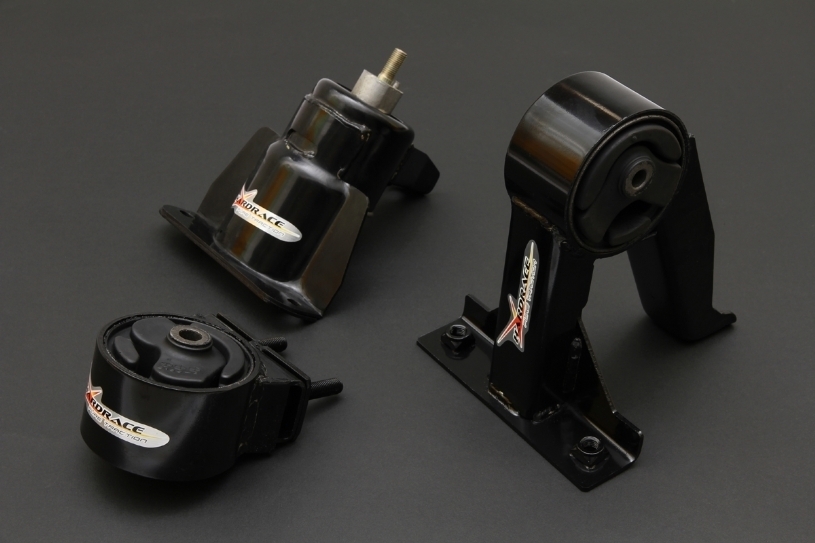
Engine mounts are integral to any aircraft’s performance. Vibration and drag increase fuel costs and slow but sure wear on the airframe. Mounts hold the engine, powerplant parts, and accessories in place. Mounts must withstand extreme temperatures and high pressure. Stress on the aircraft is most elevated during takeoff and landings. Mounts must be highly fracture-resistant, remain corrosion-free, and not chaff. Damaged mounts will cause damage.
Vibration causes wear and tear even under normal flight conditions. Flight performance negatively affects maneuverability, climb rate, and speed. Reduced performance means increased fuel consumption. Vibration affects the airframe, engine, and propellers. Flight safety improves with proper maintenance. Severe vibration from an engine mount failure or other parts can be catastrophic.
The causes of vibration include worn engine mounts causing an imbalanced engine. Airflow disruption on aircraft services caused by icing, turbulence, or damage causes vibration. Other causes include misaligned components, worn bearings, propeller warping, and mechanical problems.
Engines that are out of alignment due to worn or damaged mounts cause drag. The symmetry of the aircraft impacts flight with the slightest deviation from the engineered design. Vibration itself creates drag.
Aircraft Engine Mounts
In aviation, there are many aspects to maintenance; some are obvious and others obscure. For private, commercial, and airline pilots, engine mounts may seem trivial, but they are a critical part of your aircraft. Regular inspections are essential. While major airlines have a proven record of in-time maintenance, private and commercial pilots are part of the maintenance team – be a team player.

